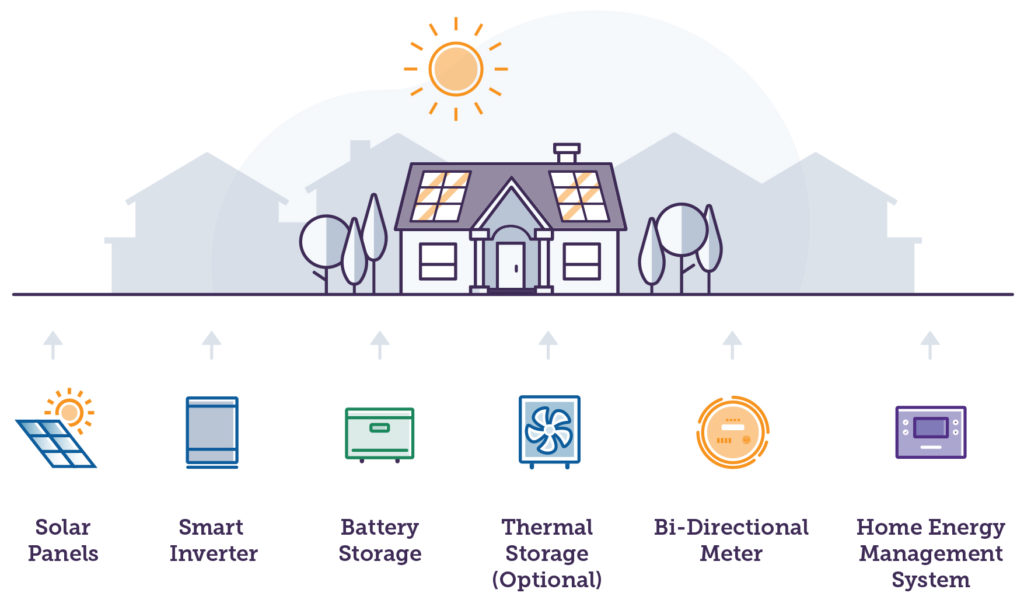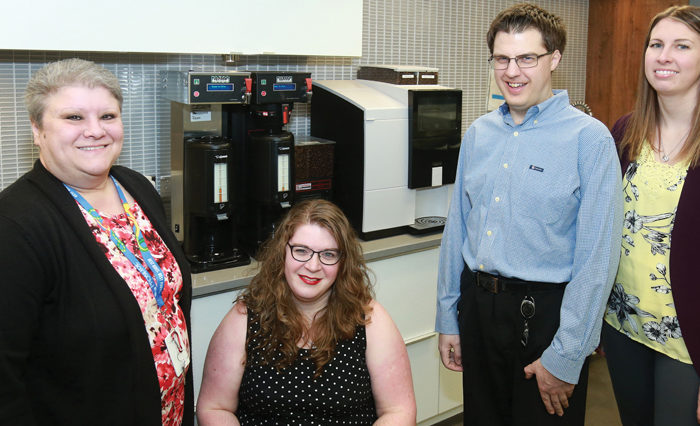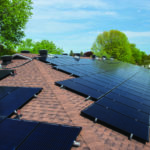MiGen will give Consumers Power to Control their Energy Use
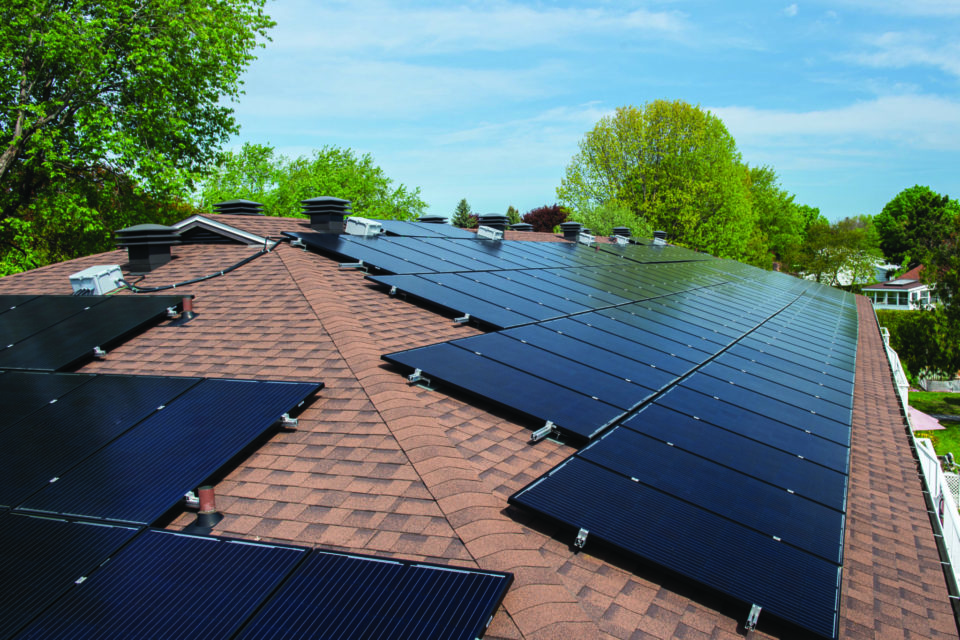
Solar panels installed at Ottawa Community Housing (OCH) housing complex.
We’ve always had the ability to reduce our energy use. Turn down the heat at night. Dim the lights. Switch off the TV when no-one’s watching. Individually, these actions save us money; collectively, they ease the demands we place on our energy providers and, in turn, reduce stress on the environment.
What consumers haven’t had is the ability to control the production and management of energy. Soon, thanks to Hydro Ottawa’s introduction of the MiGen Transactive Grid, that will change.
“MiGen Transactive Energy will literally enable consumers and businesses to generate their own power,” says Mark Fernandes, the Chief Information and Technology Officer for Hydro Ottawa. “By installing and using what is basically their own microgrid, consumers will have the ability to store electricity, share it with connected neighbours and send what they don’t use back to the grid.”
MiGen Transactive Grid, known at the time as The GREAT-DR, was launched in 2017 as a trial project. As a result of that trial’s success, MiGen attracted both additional funding and partnerships, notably from Natural Resources Canada.
Here’s how it works: Hydro Ottawa will install solar panels and a state-of-the-art battery storage system in your home or place of business. A smart inverter in that storage system will convert the sun’s solar energy into usable electricity. Lithium-ion battery storage will ensure a constant supply of electricity, even when there’s no sun. An air-source heat pump—optional—allows consumers to store energy as hot or cool air for later use.
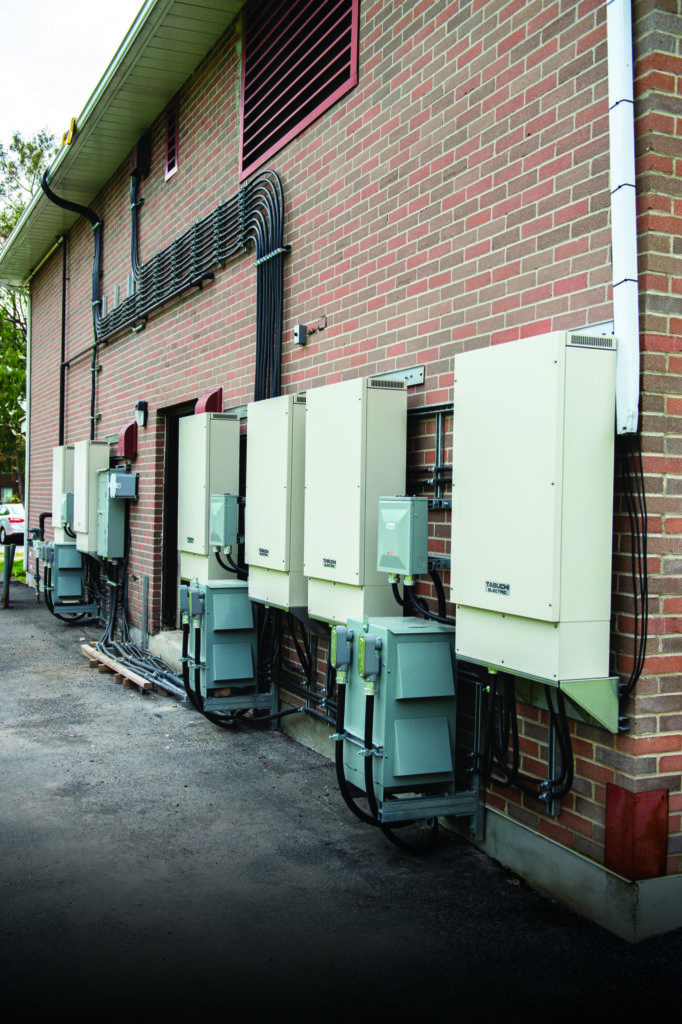
Smart inverters. These inverters convert the energy generated by the solar panels into usable electricity
MiGen’s benefits will be significant, says Fernandes. And they won’t be limited solely to Hydro Ottawa customers.
MiGen users will no longer have to worry about power outages. The system’s solar power and battery storage will continue to provide power to your home or business should the main grid go out.
MiGen will produce cleaner energy. Switching to solar or battery storage—especially during peak times when fossil fuel generation and traditional electricity costs are highest—is clean as well as cost-effective. In short, it will reduce costs as well as greenhouse gas emissions.
Waste will be reduced. Any unused electricity within a connected community can be sent back to the grid, reducing the amount of energy lost from moving electricity across long distances.
As our demand of electricity increases, turning to solutions, such as MiGen, which can help balance supply and demand on the grid, can reduce the need to invest in costly infrastructure required of the traditional grid.
“Simply put”, says Fernandes, “MiGen promises a better future for all of us. And those who choose to participate will not only reduce their energy costs, they’ll contribute substantially to shaping that future. They’ll influence the way in which we live, work and play in our connected communities.”
